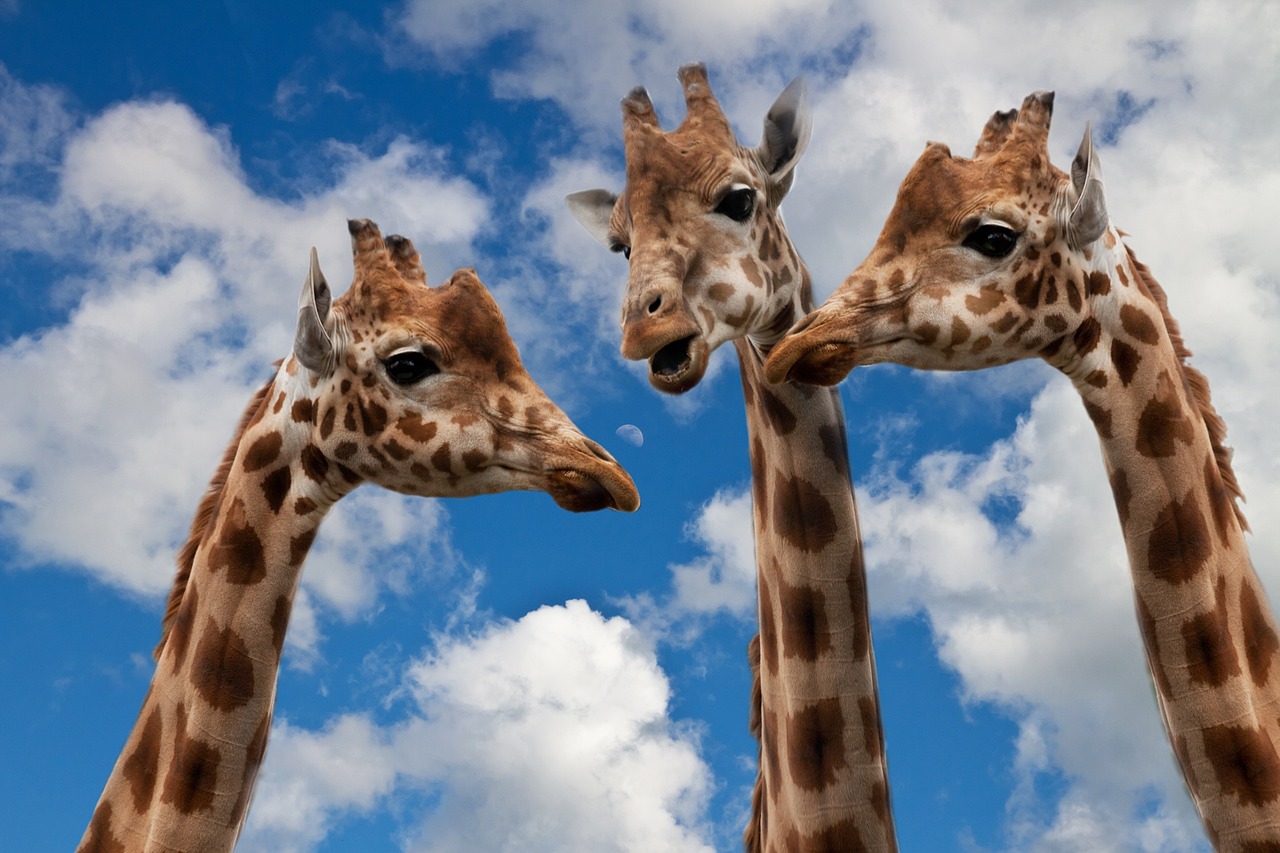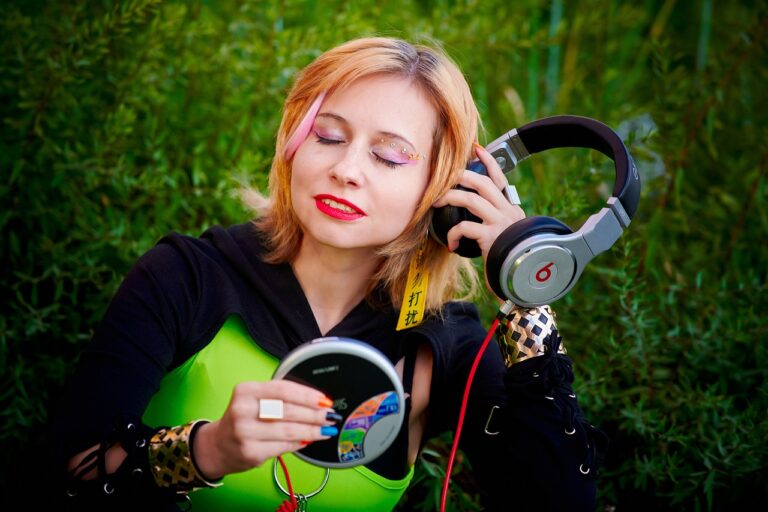The Evolution of Special Effects: From Practical to CGI
During the early days of special effects in film and television, practical techniques were the backbone of creating visual illusions on screen. These techniques involved the use of physical props, miniatures, matte paintings, and in-camera effects to bring fantastical worlds and creatures to life. Without the aid of computers, filmmakers had to rely on their creativity and craftsmanship to achieve the desired effects.
One common practical technique used in the early days of special effects was forced perspective, where objects were placed at varying distances from the camera to create the illusion of depth and size. This technique was often used to make actors appear smaller or larger in relation to their surroundings, enhancing the visual storytelling of a scene. Another popular method was the use of miniatures, scaled-down replicas of larger objects or settings, which were filmed to appear as if they were full-sized in the final footage. These practical techniques laid the foundation for the future advancements in special effects technology that would revolutionize the industry.
Advancements in Special Effects Technology
Special effects technology has undergone significant advancements in recent years, revolutionizing the way visual effects are incorporated in films and television shows. With the development of high-definition cameras and sophisticated software, filmmakers now have the tools to create seamless and lifelike effects that were once thought to be impossible. These technological improvements have opened up a world of possibilities for filmmakers, allowing them to bring their creative visions to life in ways that were previously unattainable.
Moreover, the integration of virtual reality and augmented reality technologies has further enhanced the capabilities of special effects in the entertainment industry. These cutting-edge technologies allow filmmakers to create immersive environments and interactive experiences that blur the line between reality and fiction. By leveraging these advancements in special effects technology, filmmakers can transport audiences to fantastical worlds and engage them in ways that were never before possible.
The Rise of CGI in Film and Television
Computer-generated imagery (CGI) has revolutionized the film and television industry, enabling filmmakers to create limitless visual effects that were once deemed impossible. From futuristic landscapes to mythical creatures, CGI has opened up a whole new realm of storytelling possibilities. With the help of advanced software and cutting-edge technology, CGI has become an integral part of modern-day filmmaking, captivating audiences with its ability to transport them to fantastical worlds.
Gone are the days when practical effects and miniatures were the go-to methods for creating on-screen magic. The widespread use of CGI has transformed the way filmmakers approach visual storytelling, allowing them to push the boundaries of creativity and enhance the overall cinematic experience. Thanks to CGI, filmmakers can now seamlessly blend real-life footage with computer-generated elements, creating breathtaking visuals that captivate audiences and bring their imagination to life on the big screen.
CGI has revolutionized the film and television industry
Enables filmmakers to create limitless visual effects
Opens up new storytelling possibilities
Advanced software and technology play a crucial role in CGI filmmaking
The shift towards CGI in film and television is evident in the increasing number of blockbuster movies that heavily rely on computer-generated imagery to bring their stories to life. From superhero epics to animated features, CGI has become a staple in modern-day cinema, allowing filmmakers to push the boundaries of what is visually possible on screen. Audiences are now accustomed to seeing larger-than-life characters and jaw-dropping action sequences that would not have been achievable without the use of CGI.
Blockbuster movies heavily rely on CGI for visual effects
Allows filmmakers to push boundaries of visual storytelling
Audiences expect high-quality CGI in modern cinema
Creates larger-than-life characters and action sequences
In addition to its impact on big-budget films, CGI has also made significant strides in television production. TV shows like Game of Thrones and Westworld have demonstrated how seamlessly integrated CGI can enhance storytelling by bringing fantastical worlds and creatures to life. With the rise of streaming services like Netflix and Amazon Prime, there is an increasing demand for high-quality visuals that rival those seen in feature films, further driving the adoption of CGI technology in television production.
Television shows like Game of Thrones utilize advanced CGI techniques
Streaming services increase demand for high-quality visuals
Integration of CGI enhances storytelling capabilities
CGI continues to evolve at a rapid pace, with advancements in technology allowing filmmakers and creators to push the boundaries even further. As audiences crave more immersive experiences on both the big screen and small screen, it’s clear that CGI will continue to play a vital role in shaping the future of entertainment. Whether it’s creating otherworldly landscapes or lifelike digital doubles, one thing is certain – we are only scratching the surface when it comes to harnessing the full potential of computer-generated imagery.
Rapid advancements continue within the field of CGI technology
Audience desire for immersive experiences drives innovation
Future entertainment industry relies heavily on evolving capabilities within CG
What are some practical techniques used for special effects before the rise of CGI?
Some practical techniques used for special effects before CGI include miniatures, matte paintings, animatronics, and prosthetics.
What are some advancements in special effects technology that paved the way for CGI?
Advancements in special effects technology such as computer-generated imagery (CGI), motion capture, and green screen technology played a significant role in the rise of CGI in film and television.
How has CGI transformed the film and television industry?
CGI has revolutionized the way filmmakers and television producers create visual effects, allowing for more realistic and imaginative worlds to be brought to life on screen.
Are there any drawbacks to the increasing use of CGI in film and television?
While CGI has opened up endless possibilities for storytelling and visual effects, some critics argue that an overreliance on CGI can lead to a lack of realism and emotional connection in films and television shows.
What are some examples of popular films and television shows that heavily rely on CGI?
Some examples of popular films and television shows that heavily utilize CGI include “Avatar,” “Game of Thrones,” “Jurassic Park,” and “The Avengers” franchise.







